Free shipping on all US orders
10% OF OUR PROFIT GOES TO KIDS’N’CULTURE NON-PROFIT ORGANIZATION
I was making three dimensional anatomical hearts before I started to use red thread. I guess the departure from heart to blood came naturally. Then I realized that red thread carries so many meanings for me.
Since I have been sewing for many years, thread to me has always been the element which connects the individual parts. Thread symbolizes connections. Also, red, the color of blood, which to me embodies vitality, love and life. It also symbolizes human connection in the Japanese culture that I was raised in. Furthermore, the red color was often used to ward off evil spirits in Japan.
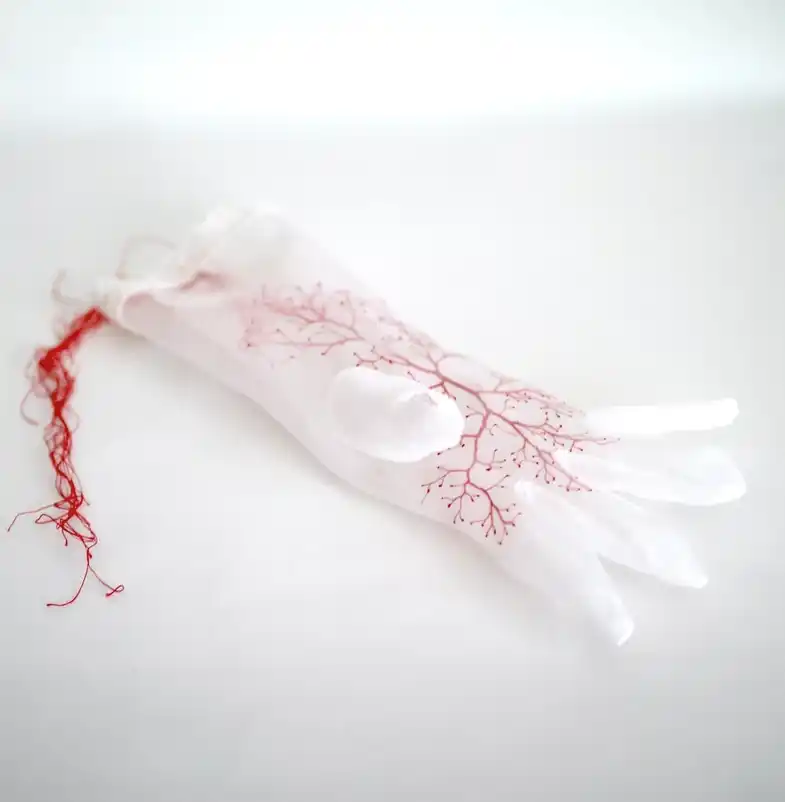
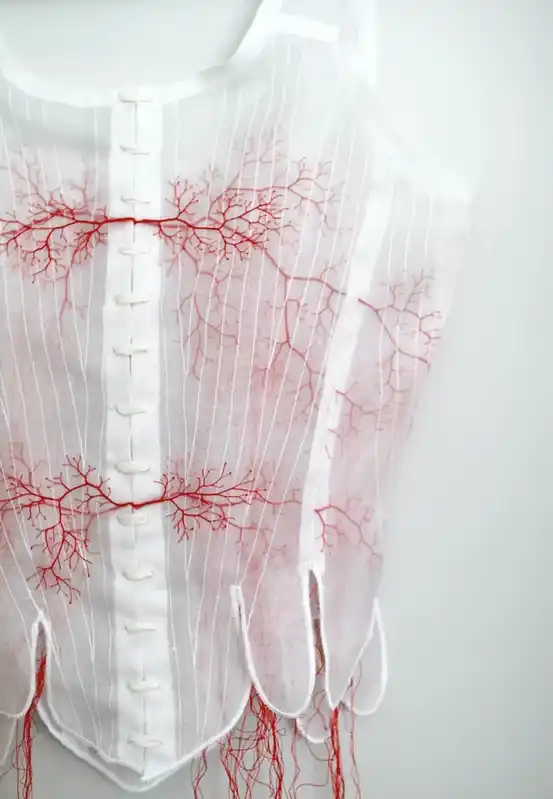
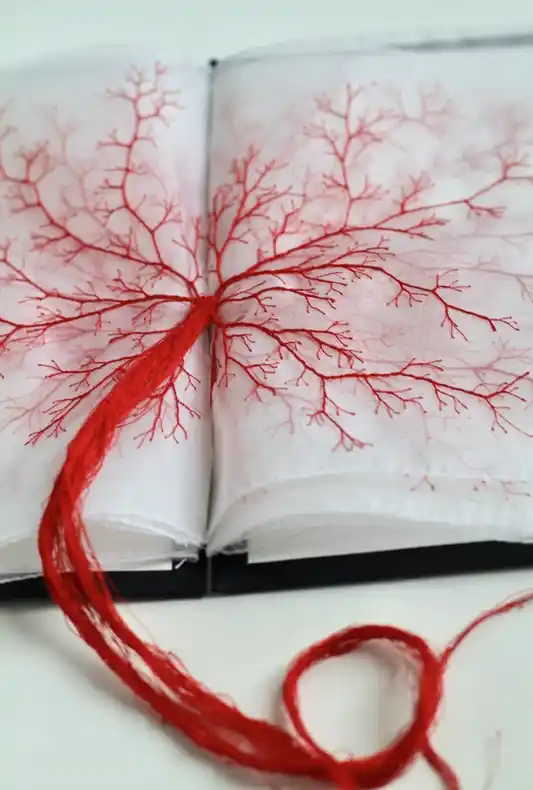
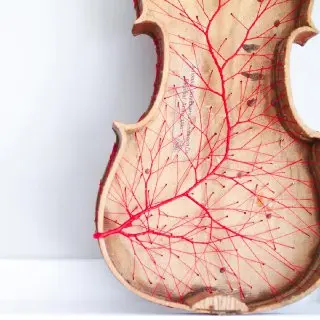
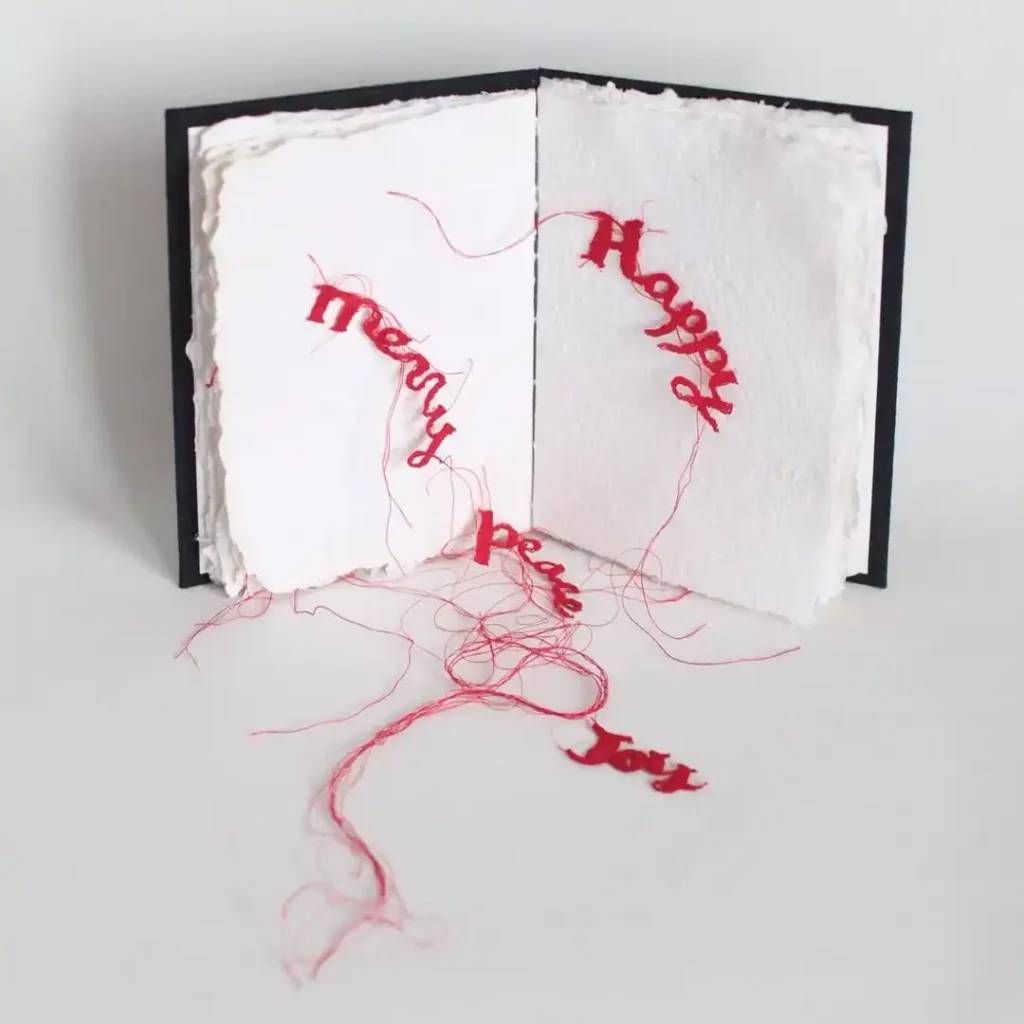
There are no reviews yet. Be the first one to write one.
A whole world on the tip of a pencil. The story of an artist who proved that true art has no limits and that it is never too late to start all over again.
International fashion icon and symbol of Parisian style, Ines de la Fressange is one of the most famous women in France.
Anastasia Pilepchuk is a Berlin-based artist with Buryat roots. She creates masks and face jewellery inspired by the nature and the culture of her beautiful region.
A whole world on the tip of a pencil. The story of an artist who proved that true art has no limits and that it is never too late to start all over again.